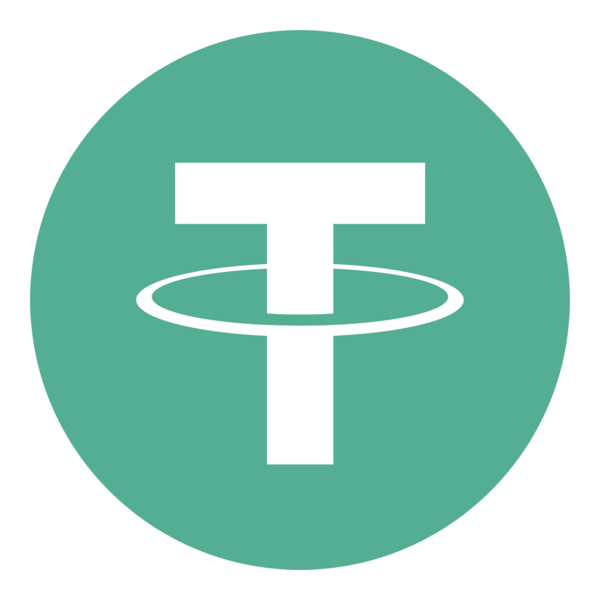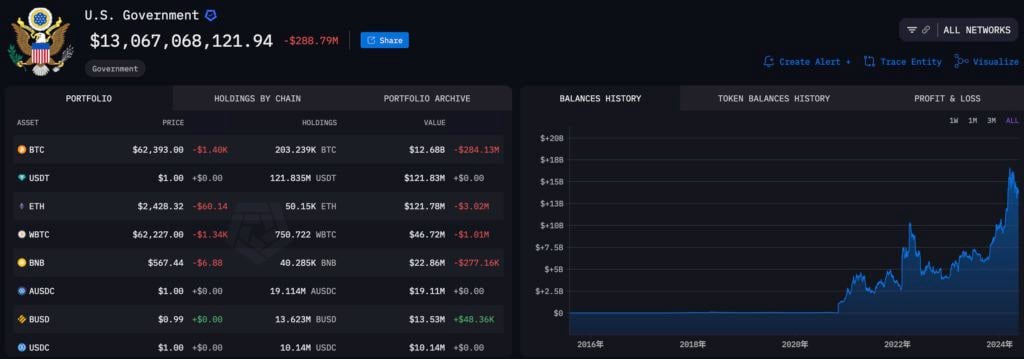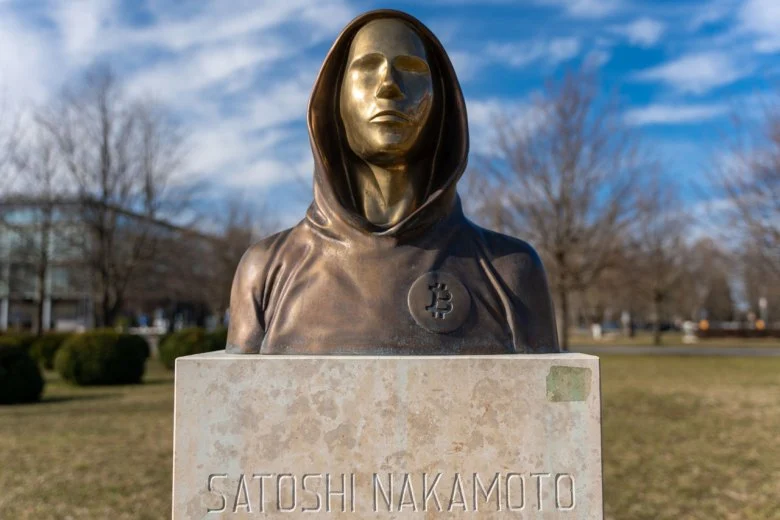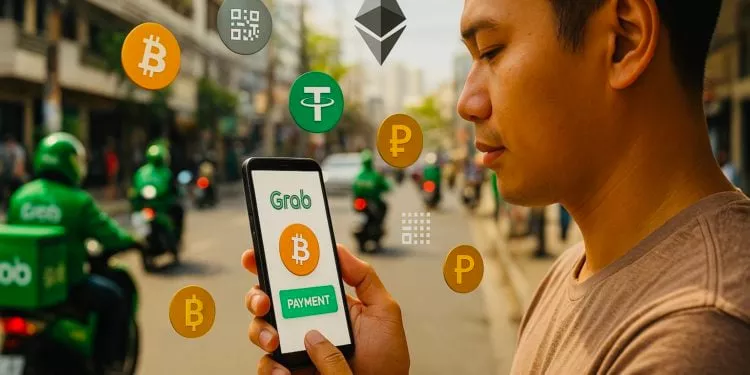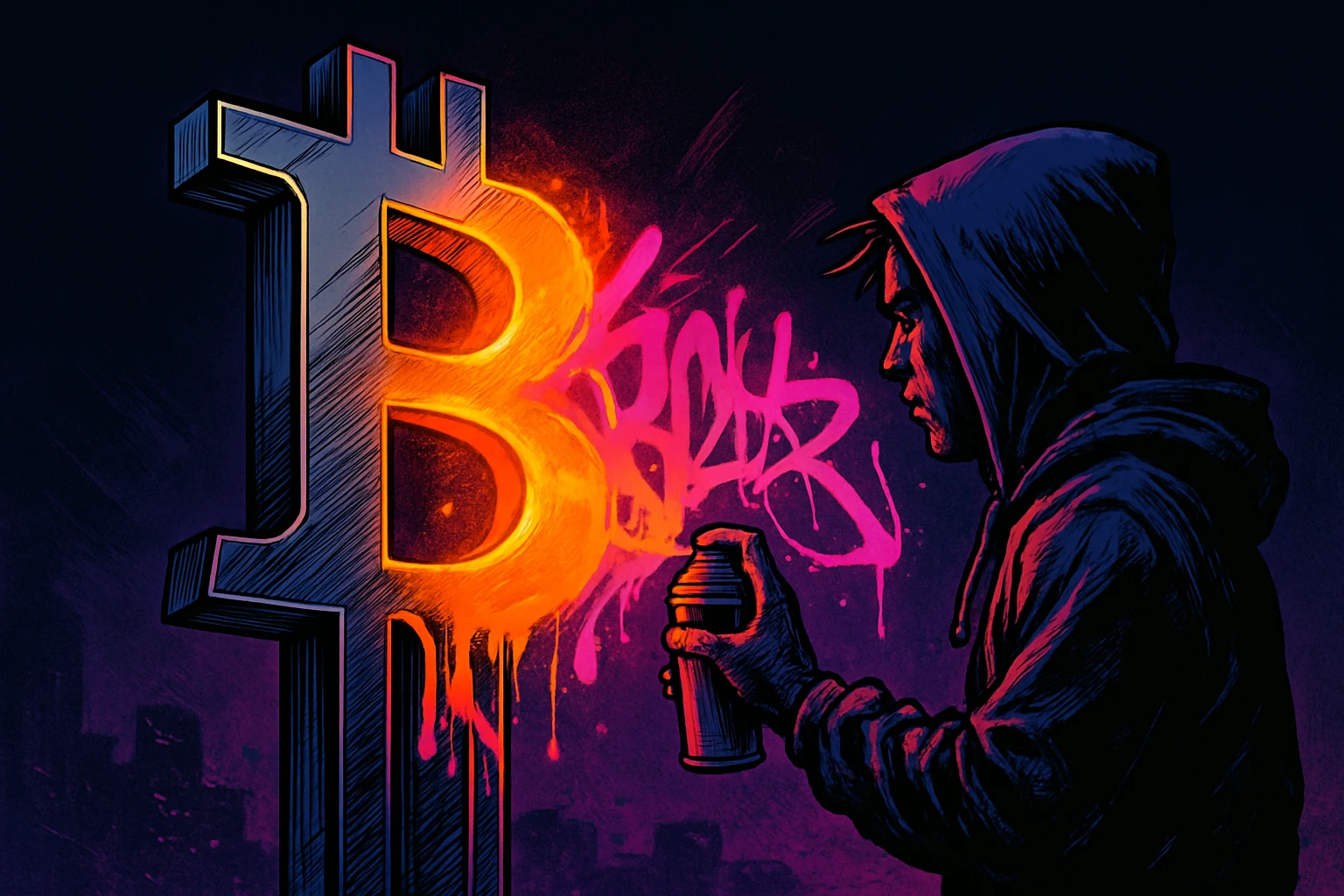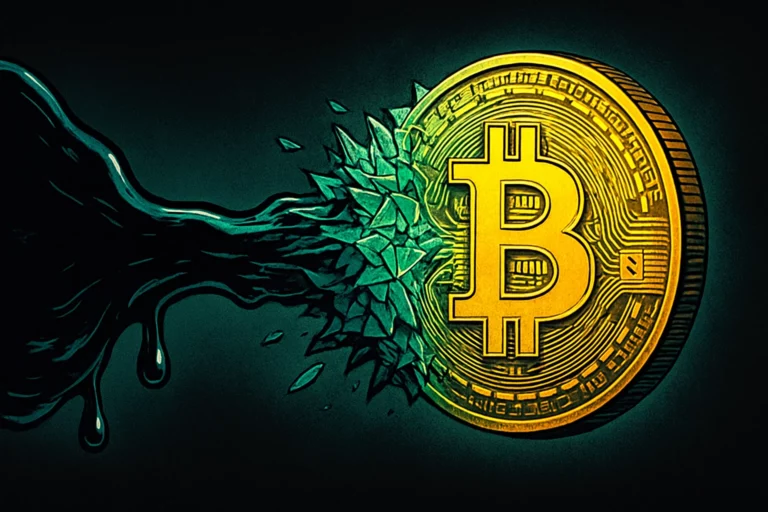Canton Coin is listed on Bybit, Kucoin, and MEXC exchanges today. A detailed explanation of the economics of the $CC token.
![图片[1]-Canton Coin is listed on Bybit, Kucoin, and MEXC exchanges today. A detailed explanation of the economics of the $CC token.-OzABC](https://www.ozabc.com/wp-content/uploads/1110Canton-Network-750x375-1.jpeg)
(This article is a compilation by Canton Network and does not represent the views of Canton Network, nor is it investment advice, buy or sell recommendation. See the liability warning at the end of the article for details.)
EveryWhen people see the minting curve of Canton Coin (CC), they often assume that its maximum supply is fixed at 100 billion. This is incorrect—for the following reasons:
Dynamic supply, rather than a fixed upper limit
The supply mechanism of Canton Coin (CC) is very similar to that of Ethereum (ETH) or Solana (SOL): theoretically unlimited, but practically quite stable. There is no hard cap on its issuance. However, every transaction on Canton burns CC, offsetting any new issuance. Over time, these two forces—minting and burning—will reach equilibrium around network activity and market price.
This means that as usage increases, the destruction rate rises, and the total supply will stabilize at a level far below the theoretical issuance curve.
FDV and Market Capitalization
For Canton Coin, the fully diluted valuation (FDV) is essentially the same as its market capitalization:
FDV = Market Cap = Total Current Supply × Current Market Price
Future supply depends on the ratio of burned to minted – a function of network demand. In the short term, inflation will be higher than Ethereum or Solana, but it will steadily decline as the issuance rate halving and increased adoption drive up the burning amount.
How to adjust the supply?
Canton’s fees are denominated in USD (the price per MB of transaction data), but are paid by burning CC through an on-chain exchange rate. When network demand is high (i.e., the price of CC is low relative to usage), more CC is burned, slowing supply growth—or even turning into deflation. When activity is low, the burning rate slows, allowing the supply to expand. This dynamic creates a natural burn-to-mint equilibrium (BME)—a feedback loop between usage, price, and supply.
Reaching equilibrium over time
Once the market finds equilibrium under the BME mechanism, the issuance and burning should be roughly balanced. At that point, the total supply should remain fairly stable and adjust slowly around long-term demand. Because the supply is dynamically adapted, market capitalization—rather than the theoretical maximum supply—is the correct way to measure value.
Explanatory Examples
Scenario: The network reaches equilibrium in the validator + application pool.
Assumption: All tokens minted for validators and applications are destroyed within a single block.
Super Validator (SV) rewards are the only source of inflation.
If equilibrium is reached by mid-2026, the total supply may be as follows:
Estimated total supply
July 2026: < 42 billion CC
July 2029: < 48 billion CC
July 2034: < 50 billion CC
These estimates may be too high. More than 1 billion CCs have already been destroyed, and the network is currently destroying approximately $900,000 worth of CCs every day.
In this scenario, if SV is the only source of distribution, the annual inflation rate would be approximately 32.5 million CCs, or less than 0.1% per year on a base of 40 billion CCs.
Key Launch Milestones
The most important upcoming event in Canton’s supply dynamics is the halving on January 1, 2026, which is a double reduction for Super Validators (SVs). First, the total supply per block will be halved. Second, as more rewards are redirected to validators and applications, SVs’ share of the total supply will decrease from 48% to 20%. A similar “double halving” will occur again three years later:
The total supply was halved again, and the share of SV decreased again, from 20% to 10%.
This combined effect means that once the network reaches burn-to-mint equilibrium (BME) between validators and applications, the SV pool will become the primary—and rapidly shrinking—source of new issuance. By the early 2030s, SV issuance will account for only a tiny fraction of the total supply, making Canton Coin one of the lowest inflation rates among major Layer-1 networks.
in conclusion
Like any resilient network, value comes from utility. Through a fee burning mechanism, each transaction helps increase scarcity and consistency. The diagram below captures this dynamic.




